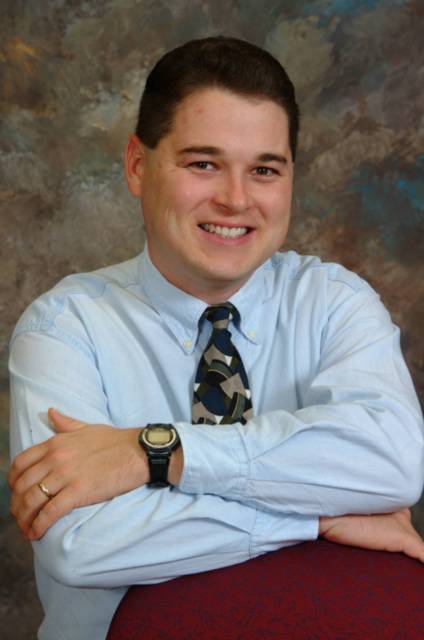I figured it was just sprained and hurt. So I saw the company PT and spent the next while working with him. Boy that helped and it got better, but never back to 100%. After one PT visit he tells me he thinks I have a Slap Lesion (tear) in the cartilage around the ball of my shoulder joint.
So I talk with the nurse and get an appointment scheduled. Sure enough, I have a slap lesion that is going to require surgery to get it repaired.
Oy vai! It's a pretty quick, outpatient surgery but requires lots of PT work afterwards. I'm going to be off driving a truck and unloading for the better part of 3 to 4 months. No sport for 5 months! Oh my word!
Well, here's some 'technical' details on what I've got.
Thanks for your prayers!
Slap Lesion
A SLAP tear stands for Superior Labrum, Anterior to Posterior. What this means is that the labrum is torn at the superior (top) of the glenoid. Typically, SLAP lesions are from about 10:00 – 2:00 if you were to visualize a clock face. The long head of the biceps tendon attaches in the glenoid as part of the labrum at roughly 12:00.
Symptoms of a SLAP Lesion
Generally, symptoms of a SLAP Lesion are subtle compared to those of instability. Pain with overhead activities, a ‘dead arm’ when throwing and occasionally some popping/clicking in the shoulder.
How does it occur?
One can develop a SLAP Lesion several ways. The most common is repetitive overhead arm motions with tension on the biceps or even a ‘peel back’ type mechanism. Falls on the outstretched arm can cause this injury as well.
Diagnosing SLAP Lesions
As with any injury, a thorough history and physical examination with x-ray is the first step. If it is felt necessary, an MRI may be ordered. It needs to be noted that in order for the MRI to be most effective as a diagnostic tool, contrast medium needs to be injected into the shoulder joint. In the MRI picture below, you see the shoulder if you were looking at it from the front. Inside the red circle, you will see where the labrum has “come off” the glenoid. The white that you see between the bone and the glenoid is that contrast medium. Dependant upon how many cuts (the individual pictures of those views on the MRI) that the superior labral tear is seen in, shows Dr. Lowe how much of the labrum is involved and how to best deal with the injury.
Surgical Intervention
If surgery is decided upon, these days the labral tear can be repaired through the arthroscope. First, the Dr will evaluate the shoulder while the patient is under anesthesia. Next he will look at all of the structures of the shoulder to asses the damage and how to best repair the injury. He will then proceed with the surgical repair of the superior labrum. This is usually accomplished arthroscopically using suture anchors. Suture Anchors are devices that are secured into the glenoid. They have sutures attached to them that allow the Dr. to secure the tissue back to bone.
 Tear of superior labrum
Tear of superior labrum Normal superior labrum.
Normal superior labrum. Repair of superior labrum
Repair of superior labrumPost-Op Rehabilitation
The rehabilitation following SLAP repair is just as important as the surgery itself. Typically following this procedure, the patient is in a sling with a wedge attached to keep the arm away from the side. This is to be worn at all times for the first month or longer following the procedure. Also following the surgery, the patient will begin formal physical therapy. Initially the therapy will consist of the therapist moving the shoulder for the patient. This is done to prevent the shoulder from becoming stiff, but done in such a way to protect the repair. After the appropriate period of time, the patient will then be allowed to come out of the sling and slowly begin doing more active work with the shoulder. Return to activities such as throwing and lifting weights is determined by the Dr. on a patient to patient basis.
Doesn't this all sound F U N? :)
OY VAI!!!

No comments:
Post a Comment